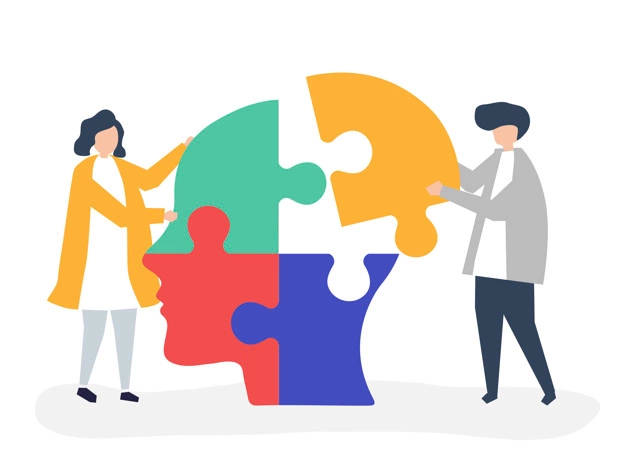Volume 8 Issue 8 August, 2017
Cannabis History:
The history of cannabis use goes back as far as 12,000 years, which makes this plant the oldest cultivated crops. Cannabis is rich in variety of compounds, both psychoactive and non-psychoactive. It has been reported that there are 483 compounds are unique to marijuana, including more than 60 cannabinoids and some 140 terpenes. The phytocannabinoid that produces much of the psychoactive effect is delta-9-tetrahydrocannabinol (THC). The average THC levels rose from less than 1 percent in the mid-1970’s to more than 6 percent in 2002 to unknown percent currently through genetic manipulation. Preparations of cannabis in India include bhang, ganja, hashish and charas. The Middle East, North Africa, Pakistan and Afghanistan are the main sources of hashish.
Effects of cannabis:
When marijuana is smoked, THC and other chemicals pass from the lungs into the bloodstream, which rapidly carries them throughout the body to the brain. Many people experience a pleasant euphoria and sense of relaxation. Other common effects, which may vary dramatically among different people, include heightened sensory perception, laughter, altered perception of time, and increased appetite. There are various ways of increasing the effects by altering the way they inhale like Bonging, hot knifing, piping etc to name a few.
People who have taken large doses of marijuana may experience acute psychosis, which includes hallucinations, delusions, and a loss of the sense of personal identity. These unpleasant but temporary reactions are distinct from longer-lasting psychotic disorders. THC activates the brain’s reward system, which includes regions that govern the response to healthy pleasurable behaviors such as sex and eating.
Cannabis addiction:
People who begin using marijuana before the age of 18 are four to seven times more likely to develop cannabis use disorder than adults. People who use cannabis frequently often report irritability, mood and sleep difficulties, decreased appetite, cravings, restlessness, and/or various forms of physical discomfort. Some studies suggest that 9 % of people using cannabis will become dependent on it, rising up to about 17 % in those kids who start using in their teens.
Medicinal cannabis
Cannabidiol (CBD) does not have the rewarding properties of THC, reports indicate it may have promise for the treatment of severe childhood epilepsy, Dravet syndrome and Lennox-Gastaut syndrome. In addition, patients use cannabis for the spasticity of multiple sclerosis, agitation in dementia, and specific seizure disorders that are unresponsive to standard therapies. Patients also use cannabis to reduce the nausea and anorexia of cancer chemotherapies and to improve their mood.
Cannabis and pregnancy
Some associations have been found between marijuana use hyperactivity disorders in children. Evidence is mixed as to whether marijuana use by pregnant women is associated with low birth rate or premature birth, although long-term use may elevate these risks.
Research has shown that pregnant women who use marijuana have a 2.3 times greater risk of stillbirth. Very little is known about marijuana use and breastfeeding. Given all these uncertainties, nursing mothers are discouraged from using marijuana.
Cannabis and Psychiatric disorder
A review suggests that the likely to impact public health include high conversion rates from cannabis induced psychosis to schizophrenia; the precipitation of psychotic disorders in genetically vulnerable populations, including individuals with a history of childhood abuse or family history of psychotic disorders; and the increased risk of negative effects of cannabis use in prolonged and early exposure.
People who use marijuana carry a specific variant of the AKT1 gene that carry seven times higher risk compared to those without in developing psychosis.
Basic scientific evidence suggests that cannabinoids may suppress neuronal excitotoxicity and neuroinflammation and is potentially beneficial in targeting plaque formation in Alzheimer disease. However the only clinical application of cannabinoids in dementia is involved in targeting behavioural disturbance including agitation, food refusal and irritability in small open studies.
Greer and colleagues reported on 80 patients with PTSD which was approved by New Mexico Medical Cannabis program that there was a improvement of 75% overall and separately in reliving, hyperarousal and avoidance.
A study reported that decreased opioid withdrawal during detoxification and increase treatment retention with naltrexone in patients who chose to continue smoking cannabis and were more likely to complete treatment.
Another recently published data on 44,000 illicit opiod users found that marijuana use was associated with a 55% reduced risk of past year opioid abuse.
Treatment of cannabis dependence
Medications and behavioral therapies may help reduce marijuana use particularly heavy users and those with more chronic mental disorders.
Cognitive-behavioral therapy: A form of psychotherapy that teaches people strategies to identify and correct problematic behaviors in order to enhance self-control, stop drug use, and address a range of other problems that often co-occur with them.
Contingency management: A therapeutic management approach based on frequent monitoring of the target behavior and the provision (or removal) of tangible, positive rewards when the target behavior occurs (or does not).
Motivational enhancement therapy: Produces rapid, internally motivated change; the therapy does not attempt to treat the person, but rather mobilize his or her own internal resources for change and engagement in treatment.


